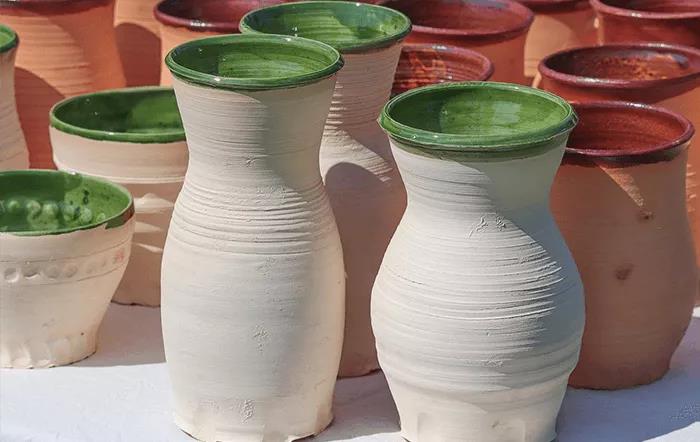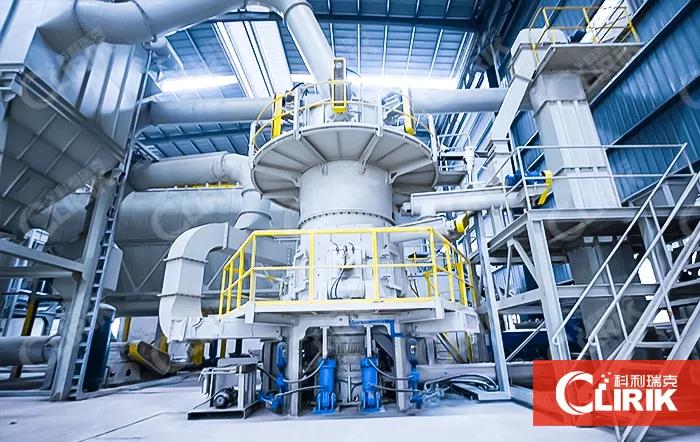The dolomite grinding mill is a type of milling equipment that uses grinding rollers and grinding rings to obtain dolomite powder.
Dolomite
The chemical composition of dolomite is CaMg (CO3) 2 and the crystal is a carbonate mineral of the trigonal crystal system.
The crystalline structure of dolomite is similar to that of calcite. The crystalline shape is rhombohedral and the face of the crystal is often folded into a saddle shape. Double crystals are common, mostly in blocks and granular aggregates.
Pure dolomite is white, because it contains other elements and impurities, it is sometimes gray-green, gray-yellow, pink and other colors, and the glass is shiny. The three groups of rhombohedrons are completely flaking and fragile. The Mohs hardness is 3.5-4, the specific gravity is 2.8-2.9. Mineral powder reacts slowly in cold diluted hydrochloric acid.
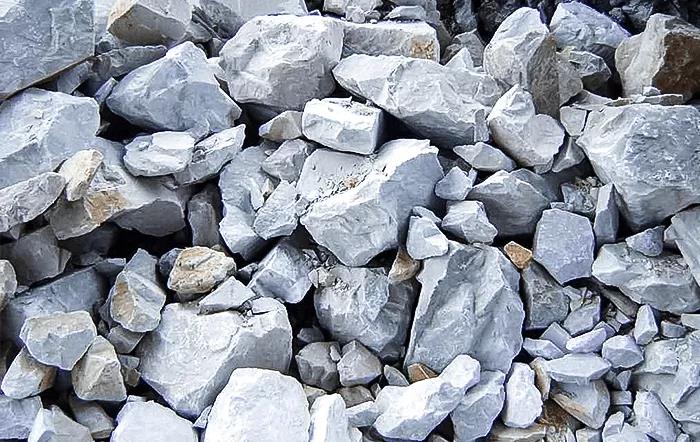
CLUM Ultra-Fine Vertical Grinding Mill for Dolomite Powder
The dolomite is selected, crushed and ground into dolomite powder from 325 to 2000 meshes.
Therefore, the use of new It is imperative to improve the processing scale and technical level of the company's powder technology and equipment.
CLUM series of ultra-fine vertical grinding mills are crushing, drying, grading, transportation, the selection of secondary powders and finishing products developed by CLIRIK for many years.A complete mill with six main functions such as packaging can effectively increase the added value of dolomite products.The production of the same product The ultra-fine vertical mills of the CLUM series can be increased by 30%.
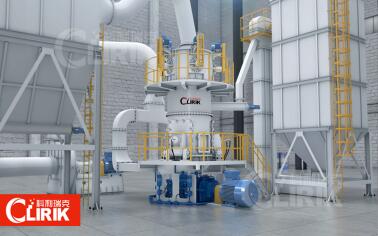
Ultra-fine vertical grinding mill processed dolomite powder can be added to natural rubber and synthetic rubber.Its performance of rubber is basically the same as light calcium powder, but the cost is lower than light calcium powder. Dolomite is used to make all-purpose rubber calcium-magnesium powder.As a new type of additive and dye, it can partially or completely replace light calcium powder. Surface modified dolomite powder can greatly increase the reinforcement performance of rubber products. Modified dolomite powder consists of coating the surface of dolomite powder with a surface modifier and then using it as a filler. Commonly used surface modifiers include stearic acid or stearate, titanate, zirconium aluminate and mixed silane coupling agents. The purpose of the modification is to change the surface alkalinity of dolomite powder, overcome the adhesion performance between filler and rubber, reduce shrinkage and internal stress, prevent crack propagation, and improve product strength processing performance.
Dolomite application
Manufactured in glass
Dolomite and limestone are the third largest components of the glass raw materials, except for silica sand and soda ash. In bottle glass manufacturing, soda ash is the most expensive component. Adding limestone can partially replace sodium carbonate, but will have negative effects. Introducing magnesium oxide into dolomite can further reduce costs. Dolomite can also provide calcium oxide in the glass industry, adding the soda-ash-silica system to act as a flux. In addition, dolomite can also reduce glass aging, prevent chemical corrosion caused by the atmosphere or humidity, improve the plasticity of colored glass, and increase the strength of the glass. Adding a certain amount of dolomite powder to the glass can effectively reduce the high temperature viscosity of the glass and improve the chemical stability and mechanical strength of the product. Practice also shows that introducing dolomite powder into the preparation of low-temperature ceramics and float glass ingredients can significantly save energy.

Metallurgical industry
Magnesium smelting industry: dolomite with a crude ore particle size of 30-120mm is an important raw material for the production of metallic magnesium.Its smelting methods are mainly divided into two categories, namely l electrolysis and silicothermic reduction.
Refractories: Dolomite is one of the important raw materials for basic refractories and its importance is second only to magnesite.It is mainly used for steelmaking converter lining, open hearth furnace, electric furnace wall and secondly used for the external refining equipment and the cement equipment such as kilns. Dolomite can be made into series of dolomite bricks (mainly conventional dolomite bricks, zirconium-enriched dolomite bricks, magnesia enhanced with zirconium, etc.), carbon fused dolomite bricks and fused magnesia dolomite bricks.
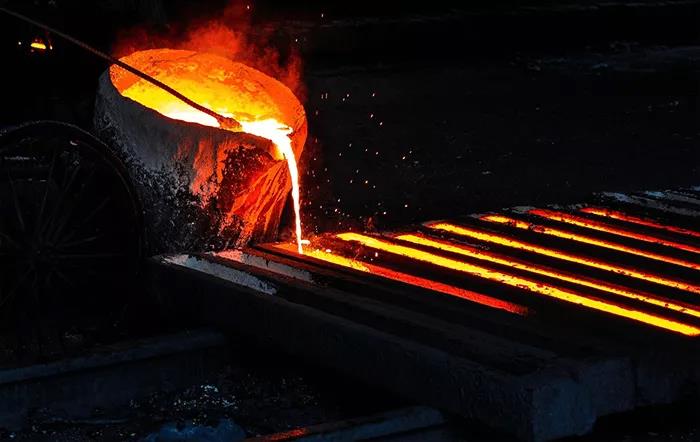
Building materials industry
The production of magnesium oxychloride cement is another important use of dolomite. This magnesium-containing cement has good compressive, flexural and corrosion resistance. In particular, the caustic powder prepared by muffled calcination of dolomite, and thus the prepared magnesium oxychloride cement, has better stability. Magnesium-containing cement has been used extensively in floor tiles, quick-set flooring paving, and in repairing pavement cracks. Furthermore, after calcining dolomite to produce caustic dolomite, it can also be made into magnesium hydroxide cement and magnesium oxide sulfate cement. These two non-hydraulic cementitious materials have the advantages of simple manufacturing process, fast setting and hardening, high strength, strong adhesion strength, good elasticity, wear resistance, convenient molding, low energy consumption, etc. And they have a high development and use value.
Application in agriculture
Used to neutralize acidity in the soil. Since long-term use of urea and other fertilizers makes the soil easily acidic, dolomite can be added directly to urea to keep the soil at an appropriate pH value, which can generally increase crop yields from 15 % to 40%, and can also improve the effectiveness of herbicides. , The herbicidal effect is best when the pH is 6.0-6.2. Dolomite can also compensate for the loss of magnesium content in the soil. 1.2-0.8um dolomite particles can flow freely. Used as a fertilizer filler, it can improve conditions for plants to use soil nutrients, reduce clumping. and facilitate the adjustment of the fertilizer ratio. In livestock and poultry feed, both calcium and magnesium are essential nutrients in animals. Adding an adequate amount of dolomite powder to livestock and poultry feed is very helpful in promoting animal growth and reducing disease.
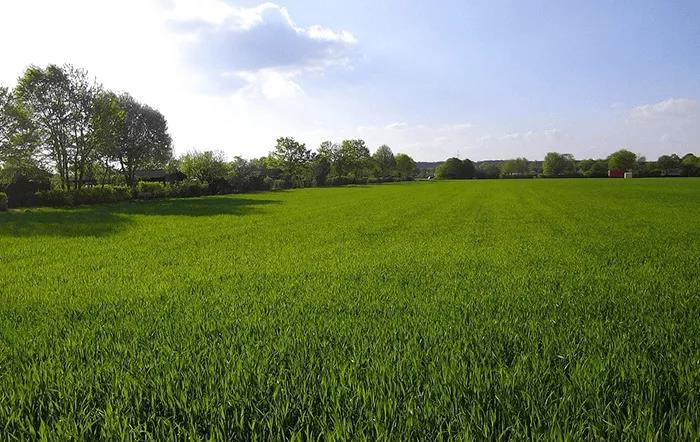
Application in ceramic production
Dolomite is used in semi-finished products and glazes and MgO and CaCO3 are introduced to replace talc and calcite. The role of MgO is to modify the composition of the mixing system, thus reducing the firing temperature of the green body; favoring the dissolution of quartz and the formation of mullite, increasing the amount of quartz and reducing the amount of feldspar, thus increasing the transparency of the green body. Adding dolomite to enamel is more difficult to smoke than adding calcite to enamel, and crystallization rarely occurs.This dolomite series is caused by double salt minerals. The dolomitic limestone mixture consisting of dolomite and marl can be used to prepare anorthite and diopside-wollastonite clinker, which is suitable for fast-firing porcelain. In the production of coatings and fine ceramics, the cost of this clinker is lower than the separately synthesized calcium-magnesium compound.
